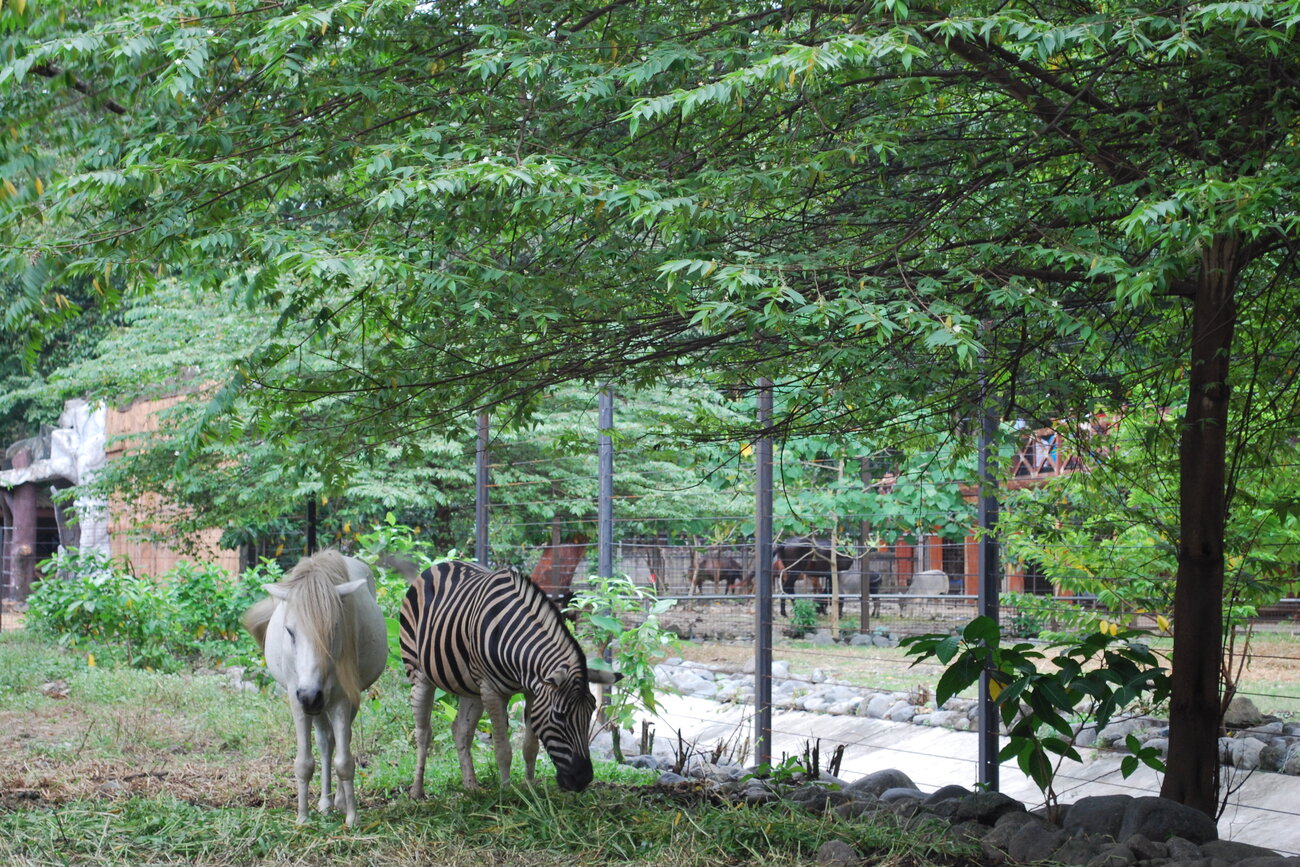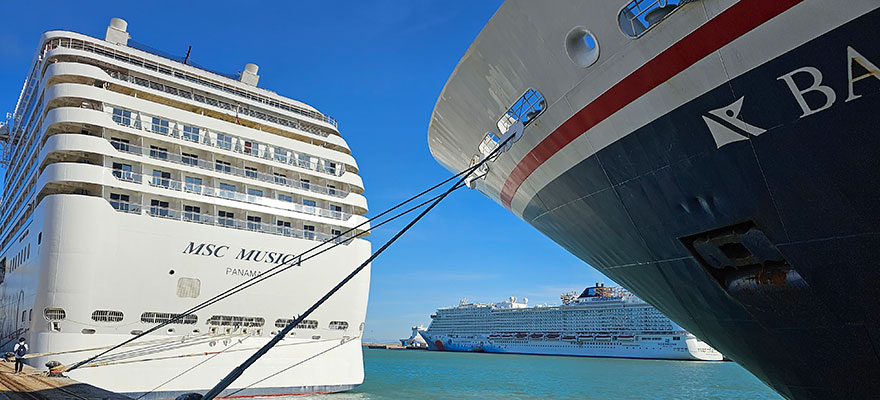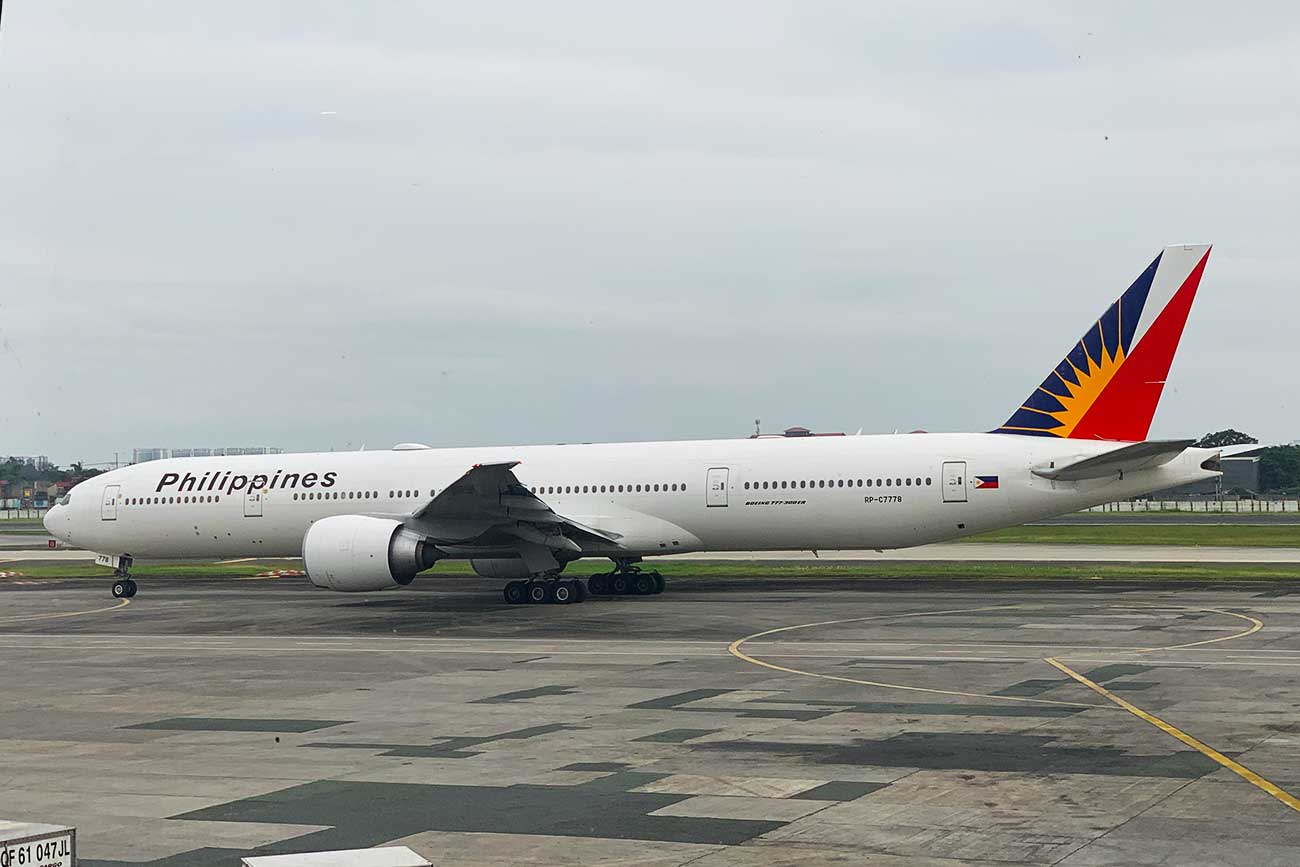Manila Zoo or the Manila Zoological and Botanical Garden is one of the oldest zoos in the Philippines. Being the oldest isn’t Manila Zoo’s only achievement. Within its confines, the world’s oldest captive hippopotamus was once held (she died, record unbeaten, last July 2017). On the flip side, what is dubbed the “world’s loneliest elephant” also resides within its care.
Located in Malate, Manila in a 5.5-hectare property, the Manila Zoo opened its doors in July of 1959 and has since showcased the ecological riches of the country to generations of the capital’s dwellers. Manila is known to be a concrete jungle, the political and economic heart of the nation. It’s not exactly known for any natural wonders or ecological attractions. And yet, the bustling metropolis is home to one of Asia’s oldest zoos.
This is the image of the Manila Zoo that has lived in the country’s consciousness. On one hand, it is a natural sanctuary within the busy city. As an attraction, it has brought smiles to thousands of children throughout time, being one of the more famous family bonding places this side of Manila. On the other hand, it is the notorious object of several anti-zoo protests across the years, its alleged sub-par conditions being cited as detrimental to its animal inhabitants.
But judgment aside, it cannot be denied that Manila Zoo is a worthy attraction on its own. Let’s take a look at what it has to offer.
What To See In Manila Zoo
Meet the Animals
Compared to other zoos in other parts of the world, the Manila Zoo is relatively small. And yet, it stands as a home to around a thousand animals coming from almost a hundred different species. The animals are contained in set areas around the park and are fairly close to each other. This means you won’t have to walk far to spot the zoo’s various residents. This is one of the reasons why this is a family-friendly attraction.
While there are a lot of “foreign” animal species like the Bengal tiger and the famous Asian elephant named Mali, the zoo also hosts a lot of endemic species. There are, for example, the playful long-tailed macaques and the interesting binturong or bearcat (which really looks like a bear with the body of a cat). Crocodiles can also be seen sunning themselves in their enclosure, though with the advent of crocodile farms they have become less of a novelty.
Curiously, most of the species in the zoo are reptiles — snakes, lizards, and the like. There are also various types of colorful birds, from the proud peacocks to the elegant flamingos. Small animals like ducks, chickens, rabbits, and the like are also present, along with cute ones like pot-bellied pigs! It’s hard to think of many animals that aren’t here in Manila zoo. Turtles, snakes, macaws, you name it!
Most of the animals here have been born in captivity. The rest had been brought in here since they were young — Mali being a great example, present since the first time the zoo opened. While some species like Bertha (the hippo we had talked about earlier) had failed to produce offspring, some species have continued their lines within the zoo. There is a specific place in the zoo that is dedicated to taking care of vulnerable newborns, and if you’re lucky you can spot some of them.
One of the most important parts of the zoo is the Wildlife Rescue Center, which is tasked with taking in and caring for rescued fauna. As a temporary shelter, it is mandated to take care of animals confiscated from illegal owners, donated or turned over by concerned citizens, sick and injured for various reasons, and more. It also takes in animals that had been rescued from illegal dealers.
As a park that is also geared to impart important education on its fauna, the zoo has various signs that give basic information about its inhabitants.
For the Kids

A separate section in the zoo has been developed in partnership with Kinder Zoo. This section acts as a kind of private zoo within Manila Zoo, which is reserved for the smaller, child-friendly animals (and a few endangered ones). This means that children can interact with animals in this zoo. There are also various features, such as a pretty butterfly sanctuary and a flamingo pond! There’s even a hanging bridge and a barn where various events can be held. This child-oriented zoo has been open since 2000.
More than Wildlife
Unknown to many, the Manila Zoo is not just all about animals. It has a botanical garden as well, which has a decent collection of plants indigenous to the country and the Southeast Asian region in general. There is even a collection of trees (an arboretum) that shields the park from the pollution of the city around it.
For families who wish to take their time, there are also various playgrounds and picnic areas where you can bond. Long ago, the whole zoo was littered with photographers who will take your pictures and develop them (the film was the vogue then). Now we’re in the age of selfies and GoPros, and there are lots of photogenic moments you can find here!
Controversies and Criticism
If you look at review sites like TripAdvisor, Manila Zoo has gathered overwhelmingly negative comments. At one point, it’s true — if you have experienced a zoo in a first-world country, then Manila Zoo could not compare in the slightest. Even the Php 1.5B rehabilitation program last 2015 did not eliminate the negative aspects such as the less-than-ideal enclosures (Mali seems to be the poster-girl of this problem) and the overcrowding of animals (there are plans to move some of them to an out-of-town sanctuary). There are even calls to shut down the zoo entirely and turn it into a basketball stadium!
And yet, Manila Zoo still does its best with what it has. In-person, it’s still a lot more than what you would think when you read the online comments. It may not have the best facilities, but the animals are well-fed and taken care of. Perhaps time will come and all these issues will be resolved, but now the place is still worth a visit — especially since it costs next to nothing!


















3 comments On Manila Zoo: More Than What You Think
Hindi ko masyadong kailangan pumunta sa zoo dahil kumpleto sa hayop ang bahay namin sa Pinas: daga, ahas, butiki….marami
hahaha… ayos yan sir safe and tipid
Pingback: Looking Forward From Beyond The Clouds | The Poor Dad ()